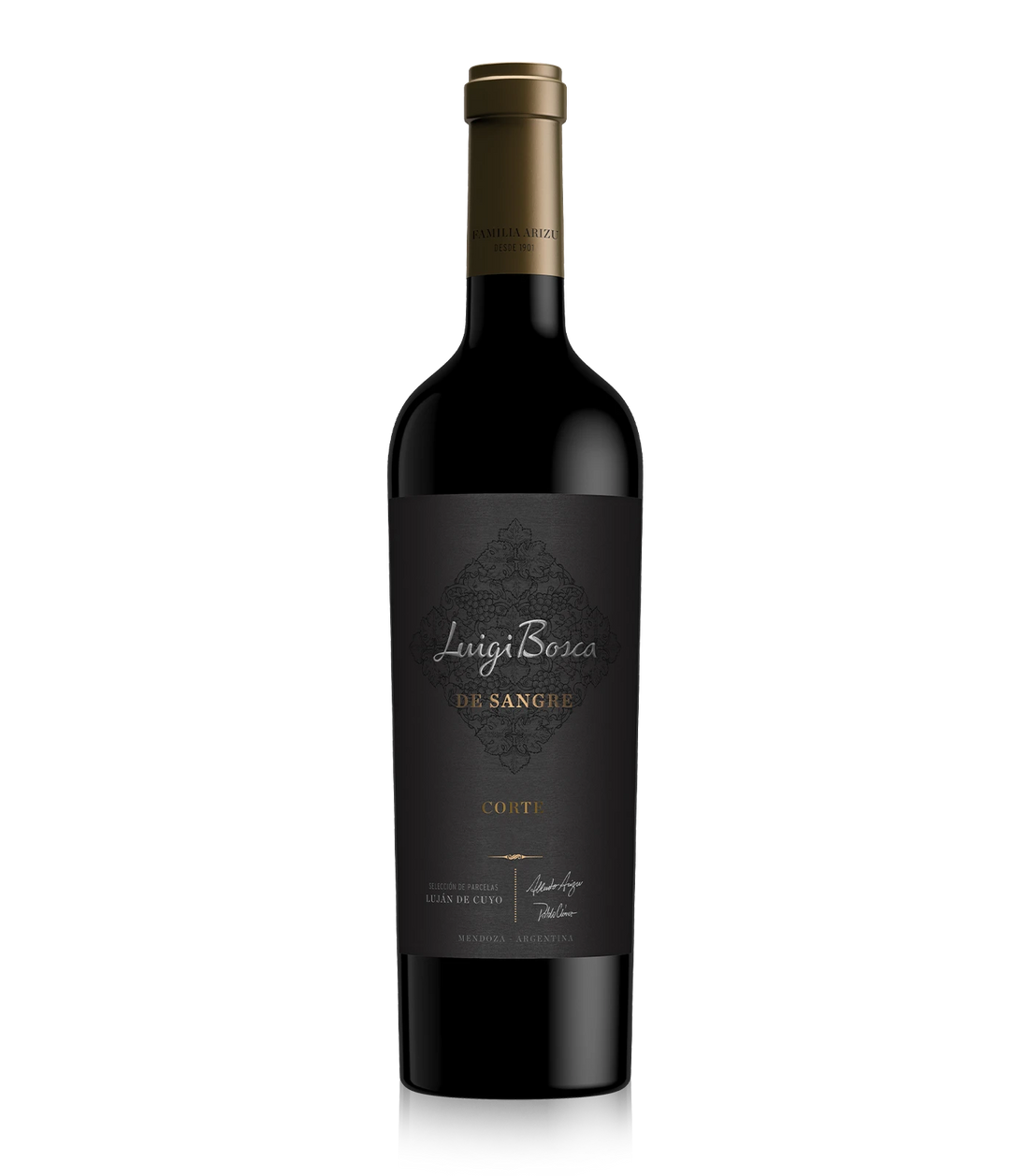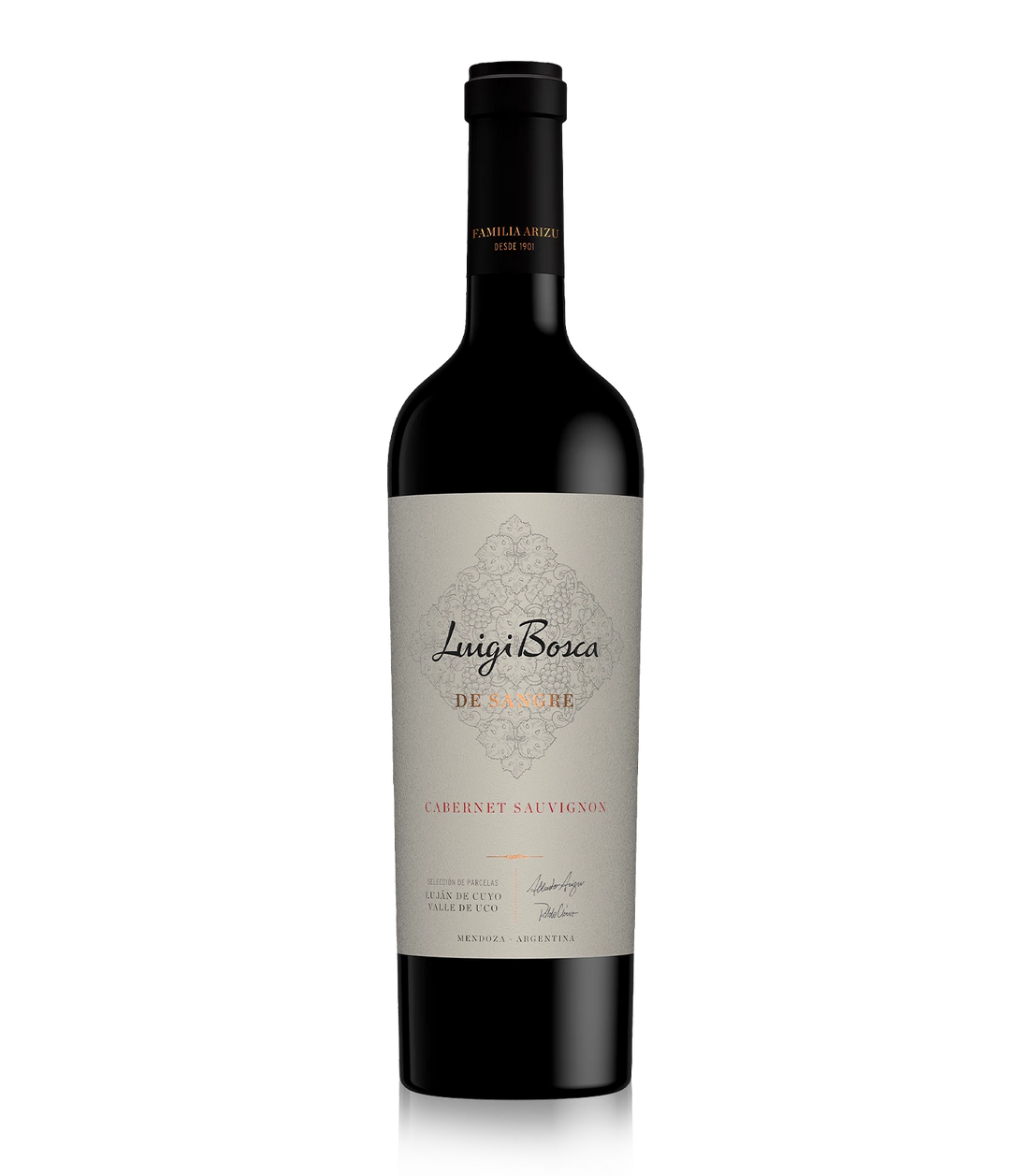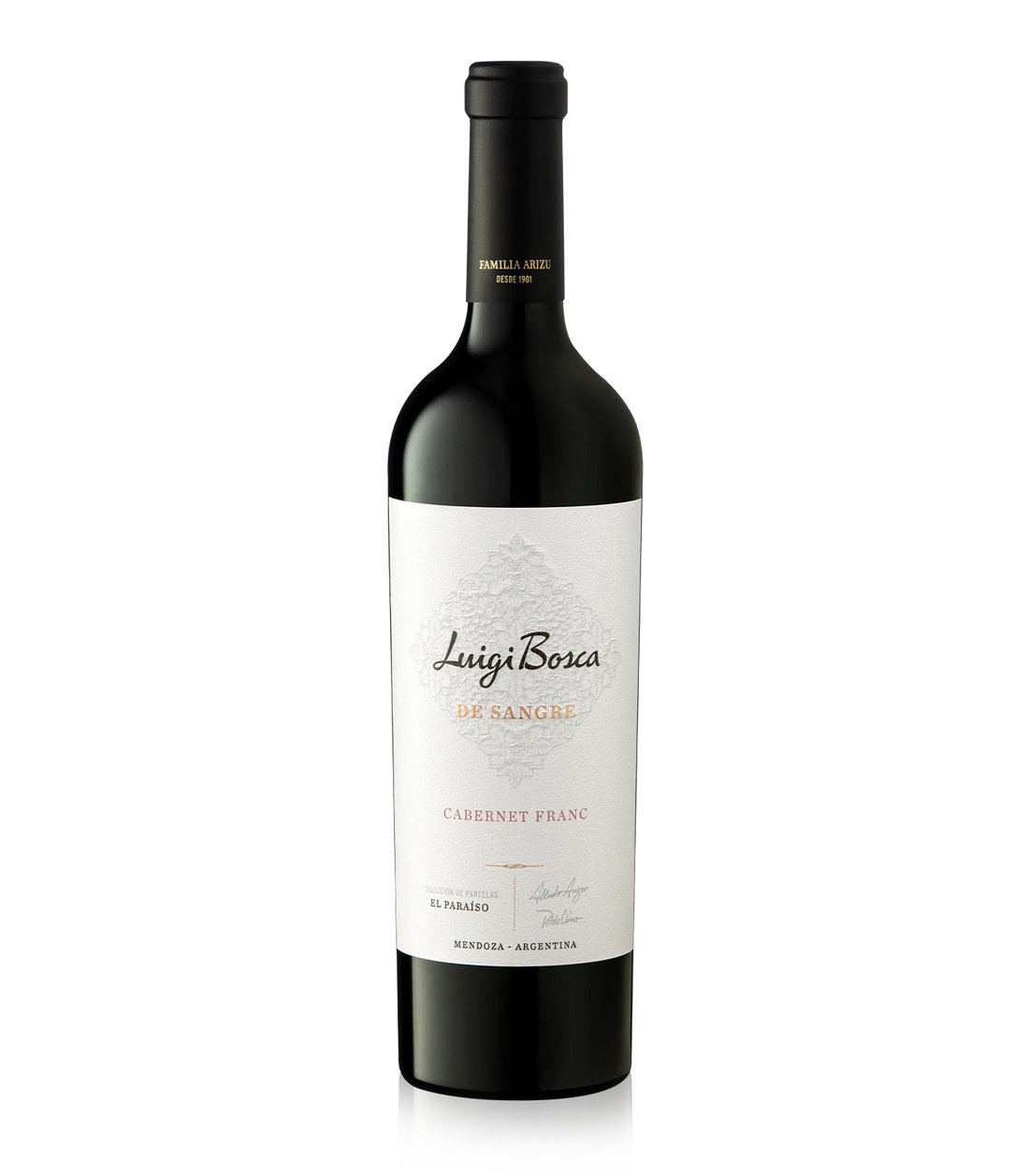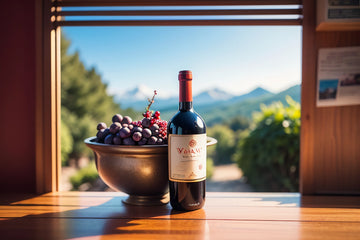Wine is one of humanity’s oldest and most fascinating creations, born from the meeting of nature, patience, and craftsmanship. Although it begins simply with grapes, the path from vine to bottle involves a series of careful steps that shape the taste, aroma, and character of every wine.
Let’s discover how grapes become the beautiful drink we call wine.
1. Cultivation: Where It All Begins
The story of wine starts in the vineyard. The cultivation of grapes is the foundation of quality winemaking, as no process can improve fruit that is poorly grown. Factors such as soil, sunlight, rainfall, and vineyard management all determine how the grapes will express their unique character. Healthy vines and balanced fruit are the first ingredients of excellence.
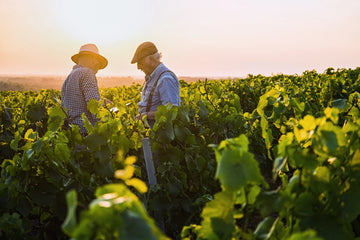

2. Harvest: The Moment of Truth
The year printed on a wine label refers to the harvest, when grapes are picked at their peak ripeness. The ideal time to harvest depends on climate, grape variety, and desired wine style. Manual harvesting allows careful selection of each bunch, while mechanical harvesting ensures speed and efficiency. In both cases, the goal is to collect the best possible fruit at the perfect moment.
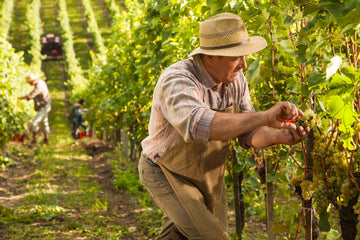
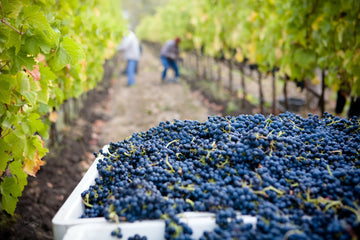
3. Crushing: Releasing the Essence
Once harvested, grapes are crushed to release their juice. Traditionally done by foot, this process is now carried out by modern presses that gently separate juice from skins and stems. The result is a fragrant liquid called must, which will soon begin to transform into wine.
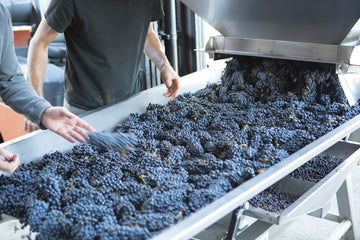
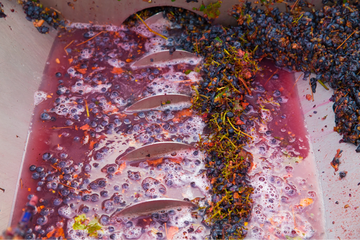
4. Fermentation: The Magic Within
Fermentation is the natural process that turns grape juice into wine. Yeasts, either naturally present on the skins or added by the winemaker, convert sugar into alcohol and carbon dioxide. For red wines, the juice ferments with the skins to extract color and tannins. For white wines, the juice is usually separated before fermentation. Rosé wines spend only a short time in contact with their skins to achieve their delicate color. Once fermentation is complete, the young wine is clarified and prepared for aging.
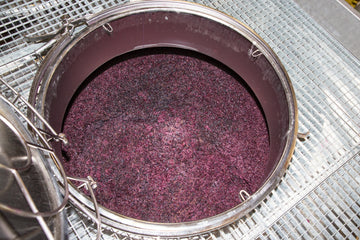

5. Aging: Time Brings Character
Aging is when wine develops complexity and balance. It may occur in stainless steel, concrete, or oak barrels, each giving a different influence on texture and aroma. During this stage, the wine rests, allowing its flavors to integrate and its structure to soften. The duration and vessel depend on the style the winemaker wants to achieve.
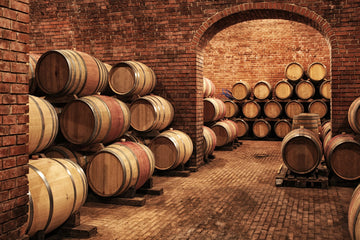

6. Bottling: The Final Step
Before bottling, the wine is filtered and stabilized to ensure clarity and consistency. Some wines are bottled young to preserve freshness, while others continue to mature slowly inside the bottle. Once sealed, the wine is ready for transport, sharing, and ultimately, enjoyment.
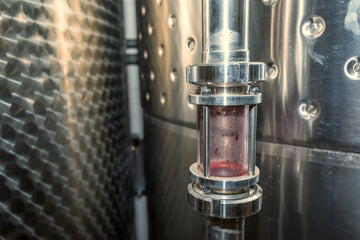
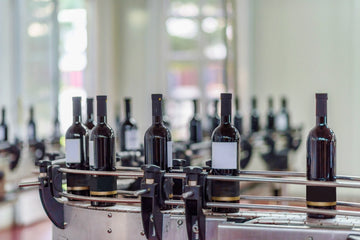
From the first leaf on the vine to the final sip, each stage reflects the dedication and precision of those who craft wine. It is a journey of care, time, and respect for the land.

